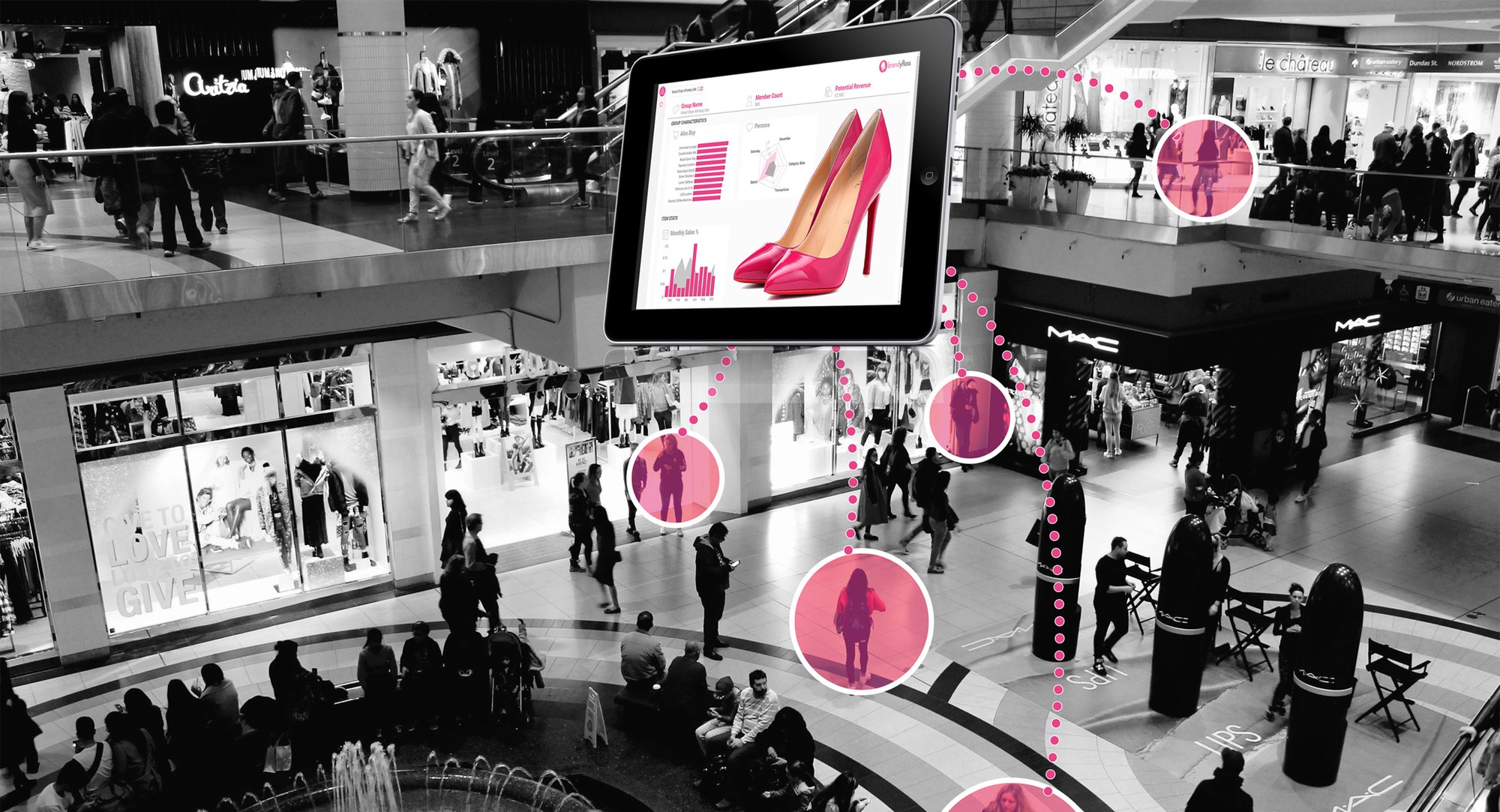The Impact of Applying Automated AI Software to the Process of Customer Segmentation for Retail Marketers.
- Retail Client: 53 Degrees North
- Product: Brandyfloss (automated customer segmentation software)
Overview
This case study identifies the results from using Brandyfloss software to extract optimal target customer groups from retail data for outbound marketing purposes. It compares campaign results to a random customer group of equal size.
Problem
43% of marketers believe they are not very good at customer segmentation. There is a lacking skill-set in processing large volumes of data to accurately produce target customer groups. The majority (85%) of customer segmentation is based on broad filtering, using tools like spreadsheets. This time-consuming process often involves some guesswork, which, along with using an unsuitable tool and poor data skills, can lead to human error.
Some companies fail to execute any customer segmentation at all. They send our mass-marketing campaigns to their entire customer base.
Whether customer segmentation is absent or poorly formulated – several problems occur. First, customers receive promotions for products and services that they do not want. This results in increased volumes of deleted communications, or worse, a customer unsubscribes from the marketing list. To combat these issues marketers may reduce the frequency of marketing communications, thus opening a whole new set of problems (less sales).
The goal here is to target the right customers, increase marketing campaign frequency and improve sales conversion.
Background
Brandyfloss partnered with 53 Degrees North (53DN), an Irish lifestyle retail chain. With three large stores, an e-commerce website, and an active customer loyalty program of over 80,000 members, this veteran retail chain has been in operation for over 20 years.
53 Degrees North wanted to see how Brandyfloss could help them increase sales through targeted marketing. They provided 3-years of sales, product and customer data, which Brandyfloss imported to its platform. 53DN wanted to promote their hiking boots range and needed a customer group to target.
Using the Brandyfloss algorithm, a group of 3,612 target customers was created. For comparison, a B Group of 3,612 (identical in size), was selected at random from the remaining customer list.
53DN ran an email marketing campaign to both groups, promoting an offer on hiking boots for the ten days.
Solution
When the campaign ended, the sales data was studied. A massive 95% of the total sales came from the group of customers that was created using Brandyfloss. A staggering 93% of the total revenue came from the group of customers that was created using Brandyfloss. Furthermore, the email conversion rates (opening the email and then purchasing either online or in-store) compared favourably to Brandyfloss at 2.9% versus just 0.3% for the random B Group. To give this some context, 53DN averaged around 1% and had ambitiously aimed to hit 2% that year.
Conclusion
This trial with 53 Degrees North provides conclusive evidence that the Brandyfloss algorithm is an effective method for generating target audiences for direct marketing. Provided customer email addresses are present, this method can be successfully applied to email direct marketing, Facebook Custom Audiences, Google’s Customer Match, Twitter Tailored Audiences, and LinkedIn’s Uploaded List Audience to name just a few. Even traditional postal Direct Marketing can benefit.
Benefits include:
- Increased sales conversion by 10X
- Increase sales and revenue
- More frequent marketing campaigns
- Lower unsubscribe rates

